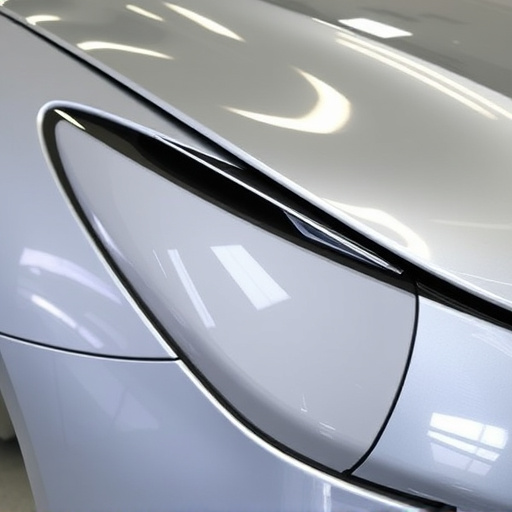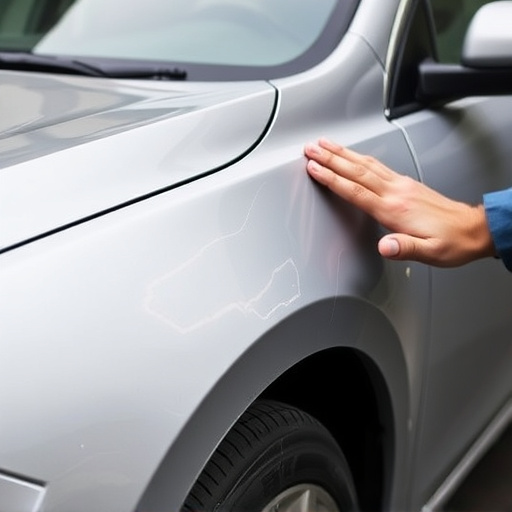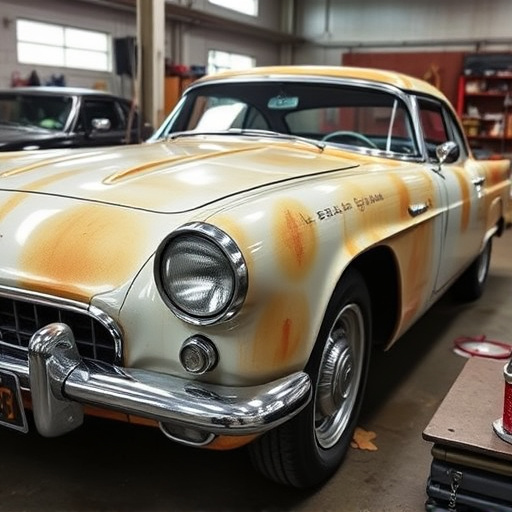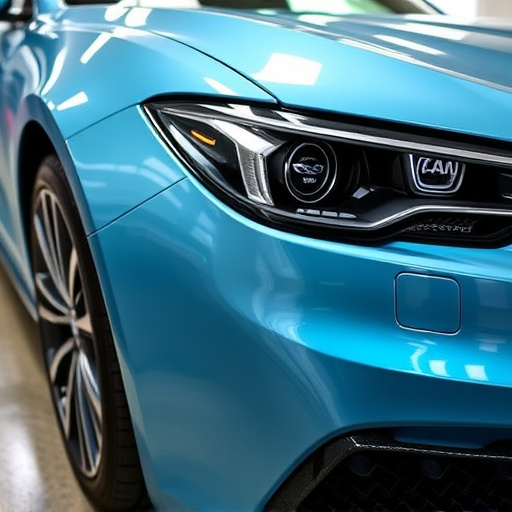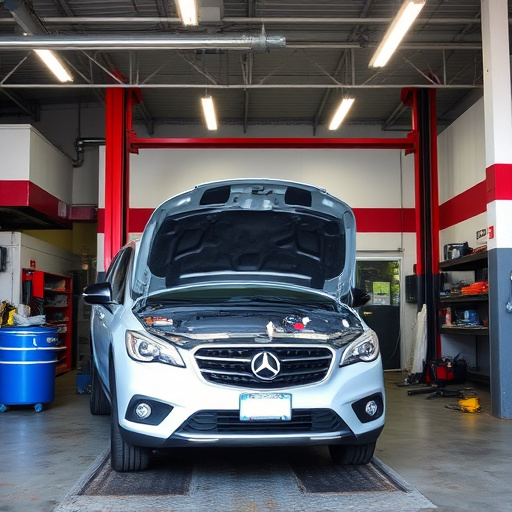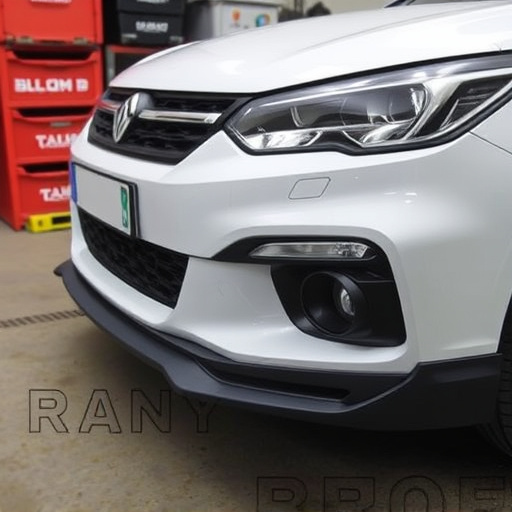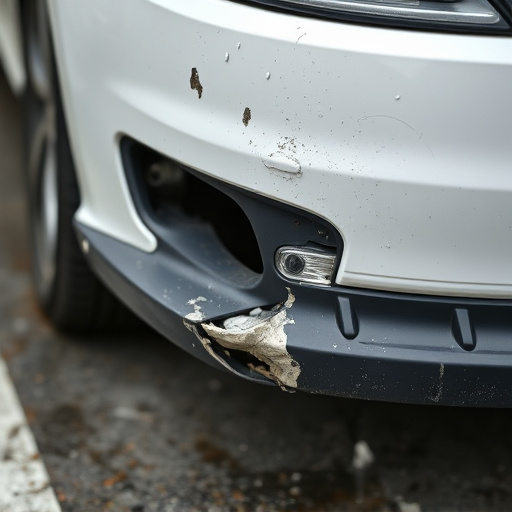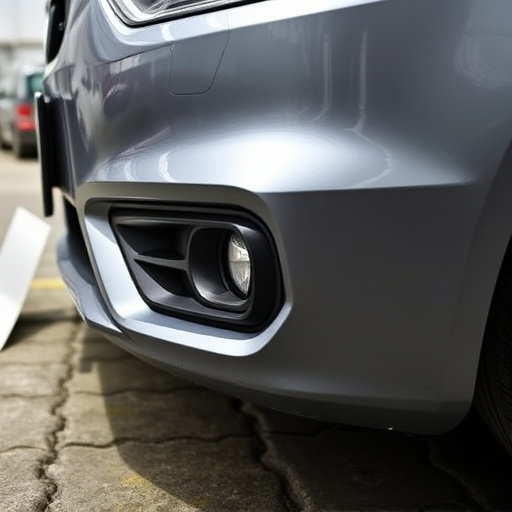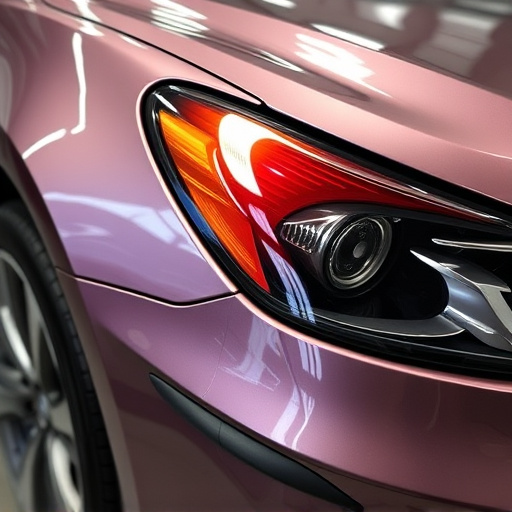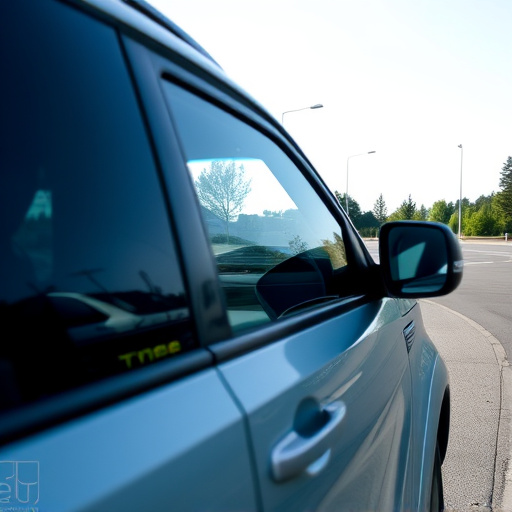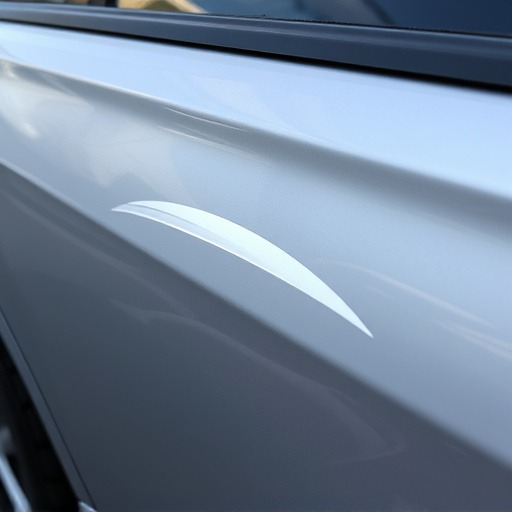Tesla PDR (paintless dent repair) is a non-invasive method using specialized tools to remove dents from vehicle paneling without damaging the original finish. Ideal for minor to moderate dents, it preserves aesthetics and saves time/costs compared to traditional collision repair. However, larger or deeper dents may require alternative methods. Skilled technicians perform PDR meticulously, starting with washing and inspection, using tools like a PDR hammer and pry bars to carefully extract dents while avoiding further damage.
“Tesla owners, say goodbye to unsightly dents with the revolutionary technique of Paintless Dent Repair (PDR). This non-invasive method offers a sleek solution for minor to moderate damage on your vehicle’s exterior. In this comprehensive guide, we’ll explore Tesla PDR, its benefits, and limitations. Learn how this advanced technique can restore your Tesla’s pristine condition without the need for traditional paintwork. By following our step-by-step process, you’ll gain the confidence to tackle dents yourself or understand when professional assistance is required.”
- Understanding Tesla PDR: A Non-Invasive Approach
- Advantages and Limitations of PDR for Tesla Vehicles
- Step-by-Step Guide: Performing PDR on Your Tesla
Understanding Tesla PDR: A Non-Invasive Approach
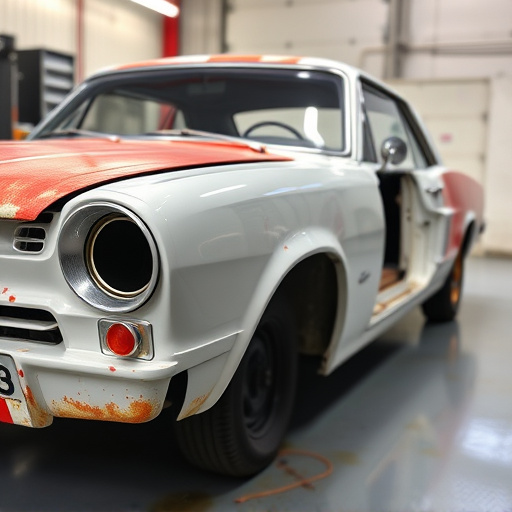
Tesla PDR (paintless dent repair) is a non-invasive method that revolutionizes car paint repair. Unlike traditional collision repair methods that often involve sanding, painting, and extensive body work, Tesla PDR leverages specialized tools and techniques to remove dents from the surface of a vehicle’s paneling without damaging or altering the original factory finish. This innovative approach not only preserves the vehicle’s aesthetic appeal but also significantly reduces the time and cost associated with conventional collision repair.
By utilizing highly skilled technicians and advanced equipment, Tesla PDR allows for precise manipulation of dented areas, restoring them to their original condition. This method is particularly effective for dealing with smaller dents, dings, and creases that can result from parking lot mishaps or road debris. As a result, car owners can benefit from a restored vehicle appearance while avoiding the hassle and expense of traditional collision repair, making Tesla PDR an increasingly popular choice for vehicle collision repair.
Advantages and Limitations of PDR for Tesla Vehicles

Tesla PDR offers several advantages for vehicle owners looking to restore their car’s appearance without traditional painting methods. This non-invasive technique is particularly well-suited for Tesla vehicles, allowing for quick and efficient repairs for dents of various sizes up to certain limits. By using specialized tools and techniques, PDR technicians can effectively push out dents back into the metal panel, restoring it to its original condition. This not only saves time but also preserves the vehicle’s unique factory finish, ensuring that it maintains its high-end aesthetic appeal.
However, Tesla PDR has its limitations. Unlike some smaller dent repairs, larger or deeper dents might require more extensive work or even replacement parts, which can increase costs and lead times. Additionally, not all damage is suitable for PDR; severe impact damage or significant panel misalignment may necessitate other repair methods such as auto glass repair or vehicle collision repair. Nevertheless, for minor to moderate dents, Tesla PDR provides an effective and cost-efficient solution, enhancing the overall value and appearance of the vehicle while preserving its distinctive design characteristics.
Step-by-Step Guide: Performing PDR on Your Tesla
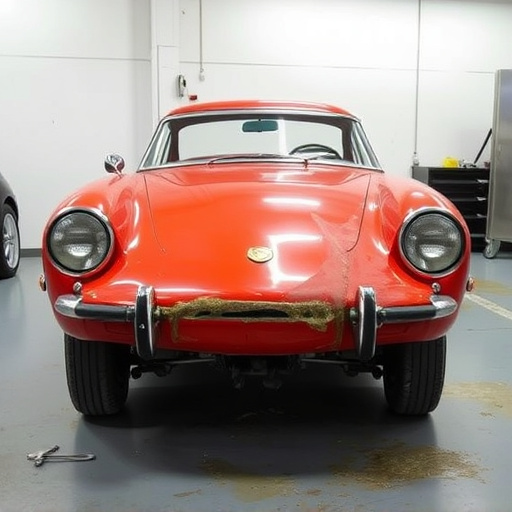
Performing Paintless Dent Repair (PDR) on your Tesla involves a precise and meticulous process that can restore your vehicle to its original condition after a fender bender or minor collision. Here’s a step-by-step guide:
1. Preparation: Begin by washing and drying the affected area thoroughly. This ensures a clean surface for the repair. Inspect the dent carefully, taking note of its size and depth. While Tesla PDR is effective for dents up to a certain limit (usually around 2 inches in diameter), it’s crucial to assess if your dent falls within this range. If it does, proceed with confidence. Gather all necessary tools, including a dedicated PDR hammer, pry bars, and plastic wedges.
2. Clamping: Position the clamp securely over the edge of the dent, applying even pressure to hold the panel in place. This step is crucial for precise alignment during the repair process. Once clamped, gently tap around the dent with the PDR hammer to lift it slightly, creating a small cupping effect. This technique helps to separate the paint from the metal without damaging the surface further. Use the pry bars and wedges to carefully work the dent out, applying consistent pressure. Remember, patience is key; take your time to ensure a successful repair.
Tesla PDR, or paintless dent repair, offers a non-invasive solution for removing dents from Tesla vehicles up to certain size limits. By skillfully utilizing specialized tools and techniques, this method preserves the vehicle’s original finish while significantly reducing repair time and costs. While PDR has its advantages, such as minimal disruption and no painting required, it also has limitations, including not being suitable for all dent sizes or severe damage. Following a step-by-step guide ensures successful and effective Tesla PDR, allowing owners to restore their vehicles’ aesthetic appeal with precision and efficiency.
